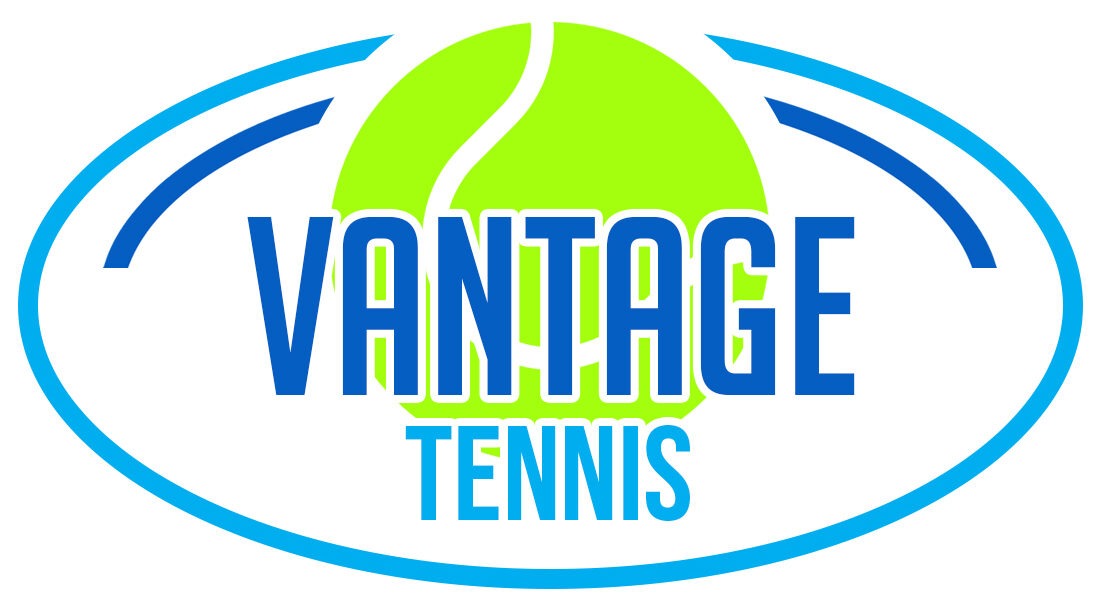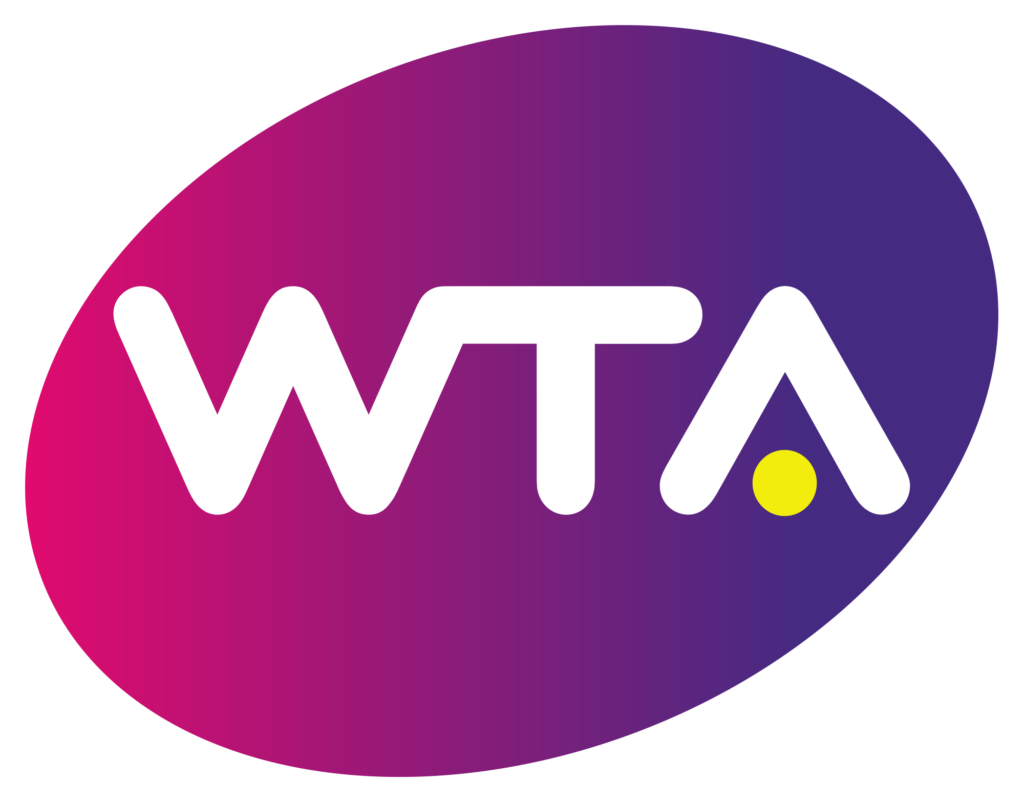Modern Tennis Players vs. Legends: Focus on the Court?
Why Technology is Impacting Focus Capabilities in Modern Tennis Playersology is Playing a Big Factor in Focus Capabilities.
Are Modern Tennis Players Struggling to Focus Like Past Legends?
The ability to focus for extended periods has always been a defining trait of the world’s best tennis players. Champions like Rafael Nadal, Roger Federer, Novak Djokovic, Serena Williams, and Maria Sharapova honed their mental toughness from a young age. However, the question arises: Can today’s young tennis players develop the same level of focus in a world dominated by technology and hyper-stimulation?
How Technology and Comfort Have Changed Tennis Training
Over the past two decades, the professional tennis landscape has evolved dramatically. While the speed, power, and consistency of the game have improved, one critical variable has changed—technology. Unlike past players, who built resilience through discipline and persistence, modern athletes face a unique challenge: the impact of hyper-stimulation caused by social media and digital devices.
Clearly, a lot of these individuals are still dominating the professional tour. Federer is almost 40 years of age and he is still in the Top 3. Serena Williams just gave birth in her late 30s and seems to be making almost every grand slam final. Oh, and let’s not forget Nadal who seems to be better than ever and breaking every record at age 33. Why is the new generation having such a hard time coming through? Is it the level of tennis or it is mental?
The Science Behind Hyper-Stimulation and Its Effect on Focus
Studies conducted by researchers B. Eppinger, J. Kray, B. Mock, and A. Mecklinger from the University of Saarland highlight the issue of hyper-stimulation. The 21st century exposes young athletes to a constant influx of data, predominantly through screens, causing frequent circuit interruptions in the brain. This leads to a 50% reduction in cognitive effectiveness, making it harder for young players to maintain focus.
Psychiatrist Marian Rojas Estapé explains that developing the prefrontal cortex, the brain’s center for focus and self-control, is crucial. Over-reliance on luminous screens like smartphones and tablets hinders this development, reducing the ability to concentrate voluntarily. Instead, players must practice deliberate focus through tasks such as reading, writing, and overcoming challenges.
Let’s be real, everything is too easy to accomplish and just a click away for the new generation of young players. Although it may seem to be a good thing, the truth is that when these youngster aren’t able to accomplish what they want, their circuits of frustrations are activated, which is a major character weakness for many of them lacking understanding of what it means to put effort into their goals. They don’t learn to recognize that whatever they are putting effort into today, takes time to give gratifying rewards.
Why Young Players Must Build Mental Resilience
Today’s young players often seek instant gratification, a stark contrast to the effort-driven mindset of past legends. Social media and digital conveniences make it easy to escape challenges, weakening the mental circuits required to persist through frustration. To succeed, players must limit their screen time, embrace discomfort, and train their minds to focus intentionally.
Strategies to Improve Focus in Young Tennis Players
Limit Technology Use: Reduce screen time to encourage voluntary attention and avoid hyper-stimulation.
Develop the Prefrontal Cortex: Engage in activities that require sustained focus, such as journaling or strategic thinking.
Embrace Frustration: Teach young players to persevere through setbacks, a key trait of legendary champions.
Build Discipline: Incorporate structured routines into daily training to instill habits of consistency and resilience.
What We Can Learn from Tennis Legends
Despite their age, Federer, Nadal, and Williams continue to dominate the court, proving that focus and mental toughness are timeless skills. For the new generation of players, success lies not only in physical ability but also in mastering their mindset.
By limiting hyper-stimulation and nurturing the brain’s ability to focus, young athletes can achieve their full potential, just like the legends before them.
Outbound Links for Further Reading
- Psychology Today: Mental Toughness in Athletes
- ATP Tour: Mental Focus and Resilience
- USTA Coaching Tips
Share your thoughts: How can young players overcome the challenges of technology to focus better on the court?
#PersevereInYourPurpose #StayFocused #WorkHard #TolerateFrustration #BeTheBestVersionOfYourself #DontGiveUp
By Former Pro Player and Tennis Coach Gabriela Paz








